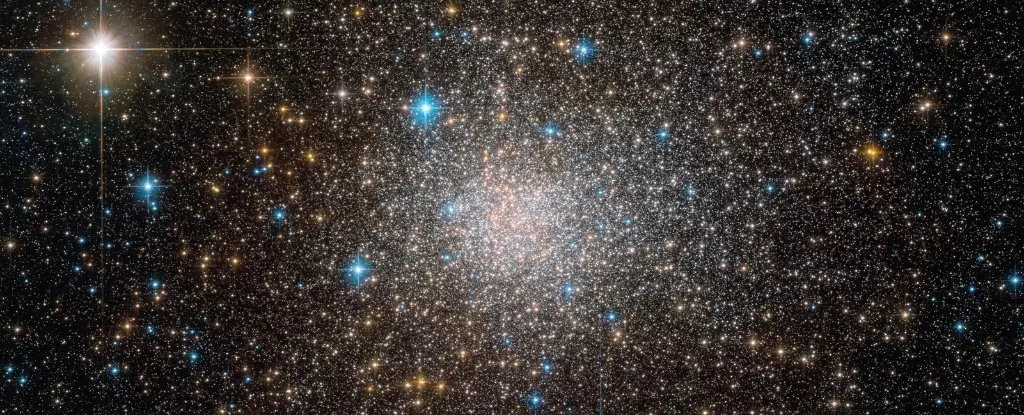

Exploring the depths of space has always been a fascinating endeavor for astronomers and scientists alike. However, when it comes to cosmic rays – high-energy particles that traverse the universe with erratic paths – unraveling their mysteries has been a challenging task. Since their discovery in 1912 by physicist Victor Hess, cosmic rays have puzzled scientists with their origins and behaviors. What was once thought to be radiation solely from Earth turned out to be particles accelerated to near the speed of light coming from space.
One of the main challenges in studying cosmic rays lies in their unpredictable behavior when encountering magnetic fields. These charged particles change direction when deflecting off magnetic fields in interstellar space, which makes tracing their origins and pathways a complex task. The fluctuating magnetic fields in space act as a barrier, scattering cosmic rays in various directions across the galaxy, making it difficult to pinpoint their exact sources.
In a groundbreaking research published in Nature Astronomy, a team of scientists delved into the cosmic mysteries using Terzan 5, a dense star cluster hurtling through our galaxy at high speeds. This cosmic laboratory provided a rare opportunity to observe the behavior of cosmic rays by measuring their change in direction due to fluctuations in interstellar magnetic fields. Terzan 5, known for its population of millisecond pulsars, is a prolific producer of cosmic rays that collide with starlight photons, creating gamma rays that eventually reach Earth.
The astounding discovery in Terzan 5 shed light on the intricate relationship between cosmic rays and magnetic fluctuations in space. As the star cluster moves through the galaxy at remarkable speeds, it generates a cloak of magnetic fields around itself, akin to a comet’s tail. The cosmic rays emitted by Terzan 5 initially follow this magnetic tail, away from the Earth, and collide with photons to produce gamma rays. However, due to magnetic fluctuations, the directions of these cosmic rays eventually start to change, aligning some of them towards Earth, creating visible gamma rays.
Through the observations in Terzan 5, scientists were able to measure the time it takes for magnetic fluctuations to alter the directions of cosmic rays, providing valuable insights into the workings of interstellar magnetic fields. This groundbreaking research brings us closer to unraveling the enigma of cosmic rays and understanding the origins of these high-energy particles that traverse the vast expanse of space. The discovery in Terzan 5 marks a significant milestone in cosmic research, opening new doors to explore the mysteries of the universe discovered over a century ago by Victor Hess.
In the realm of software development, the ability to swiftly and accurately address bugs is…
The realm of quantum computing and communication is not just an abstract dream anymore; it…
In a remarkable leap for the field of material science, a collaborative research initiative has…
Throughout Earth's vast history, our planet has endured five major mass extinction events that reshaped…
Rainfall is a vital element of our planet’s hydrological cycle, yet many aspects of its…
On a night when the universe aligns, a mesmerizing phenomenon awaits: the appearance of the…
This website uses cookies.